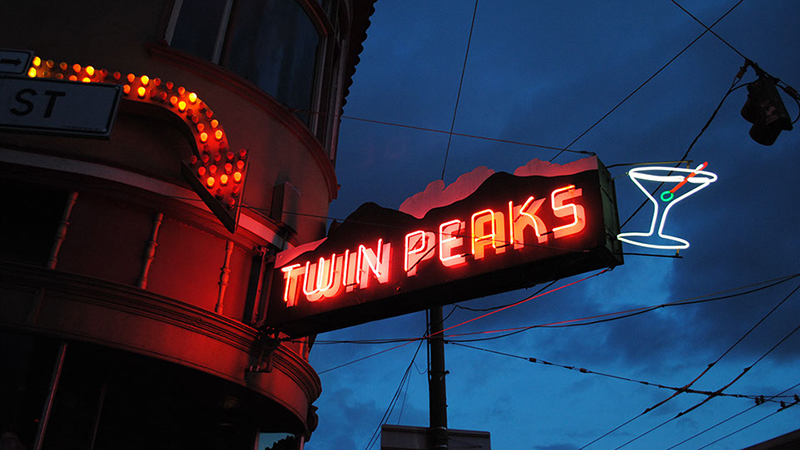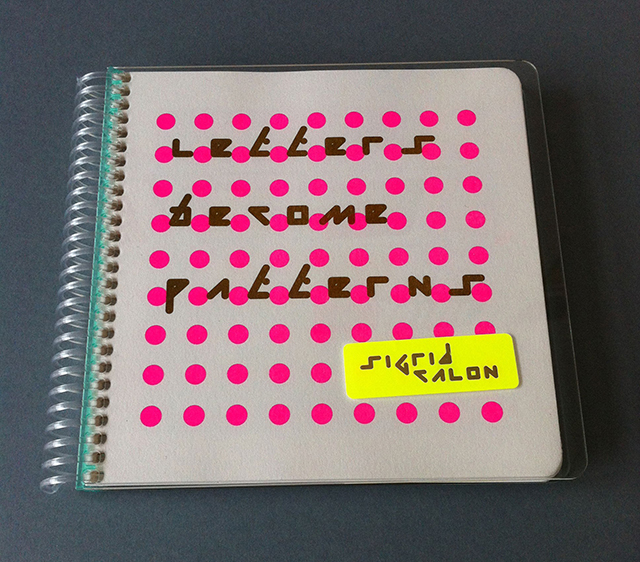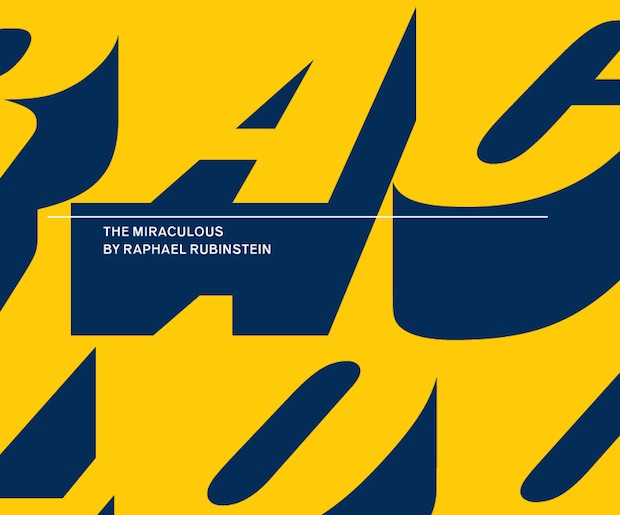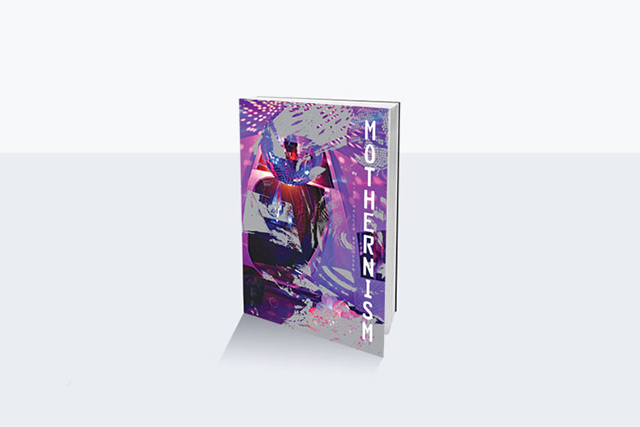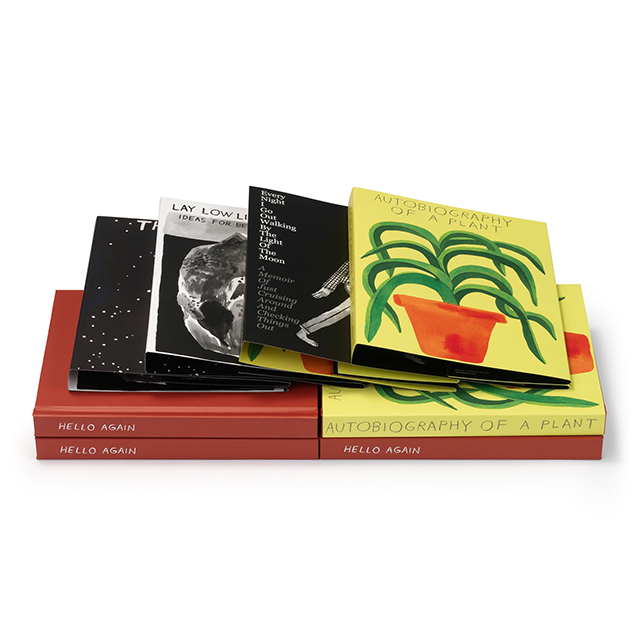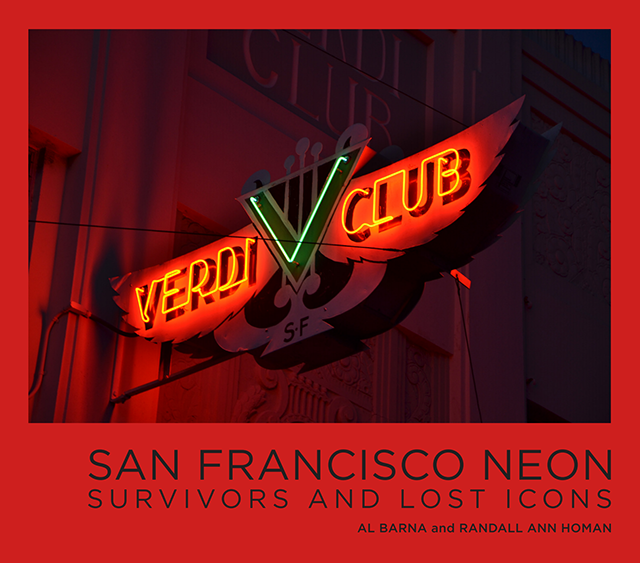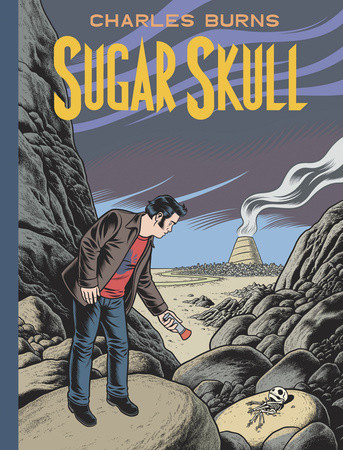It’s that time of year. Time to think about what to get the special people in your life. Here in the Bay Area, chances are your loved ones don’t have a lot of space (physically and temporally) for presents. Apartments are small, schedules are full. So this year, forget the carbonation machine, they’ll use it for a month and go back to Perrier. Don’t bother with the latest technology — it’ll be obsolete in a season. And forget the activity-based gifts — there’s no time for that cooking lesson or wine tasting train ride. Instead, go with the foolproof present your recipient can use and admire at her leisure: a well-chosen art book.
Here are eight books for the art lover in your life, including books about art and books that are art. And when those holidays roll around, don’t say you couldn’t think of a good present.
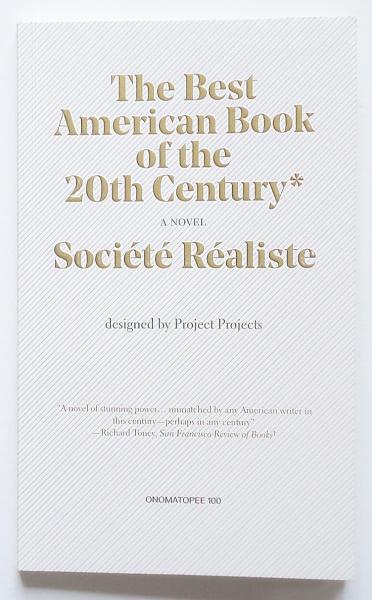
The Best American Book of the 20th Century: A Novel, Société Réaliste
Onomatopee, 2014, 112 pages
Cleverly assembled from “the first sentence of the first best-selling book of 1900, the second sentence of the second best-selling book of 1900… and so on up to the end of the century, to the thousandth sentence of the tenth best-selling book of 1999,” The Best American Book is an amalgamation of populist American literature, from Ernest Hemingway to Ayn Rand, John Steinbeck to Toni Morrison. Perfectly pocket-sized to mimic its source material, the book replaces proper nouns with pronouns to enhance readability. “The work of the day being over,” reads the first sentence of Mary Johnston’s To Have and To Hold (and the first sentence of The Best American Book), “he sat down upon his doorstep, pipe in hand, to rest awhile in the cool of the evening.” Could it be that these authors, across time, subject and writing style, are essentially telling the same story?
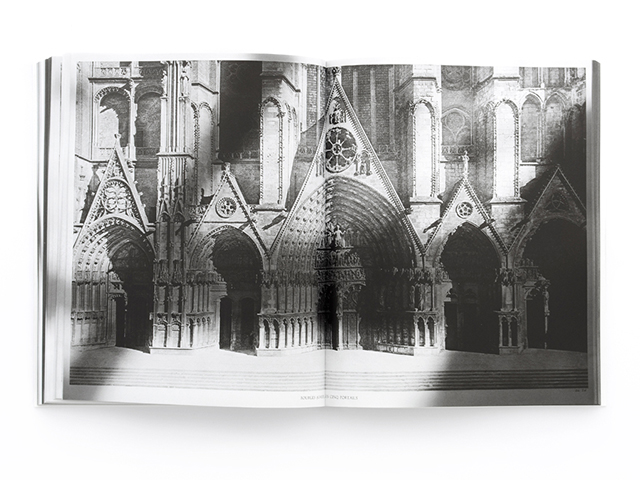
Cathédrales, Laurence Aëgerter
RVB Books, 2014, 248 pages
Starting with an official 1949 tourism catalog of French cathedrals and churches, Laurence Aëgerter placed the book by her studio window, allowing light and shadows to fall across a reproduction of the façade of the Saint-Étienne cathedral in Bourges. Taking one photograph every minute for two hours, she captured 120 variations of light across the printed page. Referencing Monet’s Rouen cathedrals in an age of mechanical reproduction, Cathédrales is an elegant photo book perfectly suited to its form. As the pages turn, time passes, shadows shift and the cathedral is slowly shrouded in darkness. A simple, beautiful, and thoughtful book, consider Cathédrales for the Francophile in your circle, or for the Instagram-frenzied friend who could use a reminder about quiet, contemplative moments.
